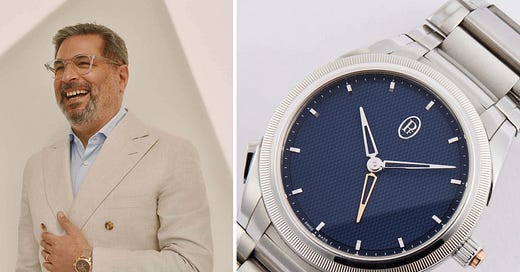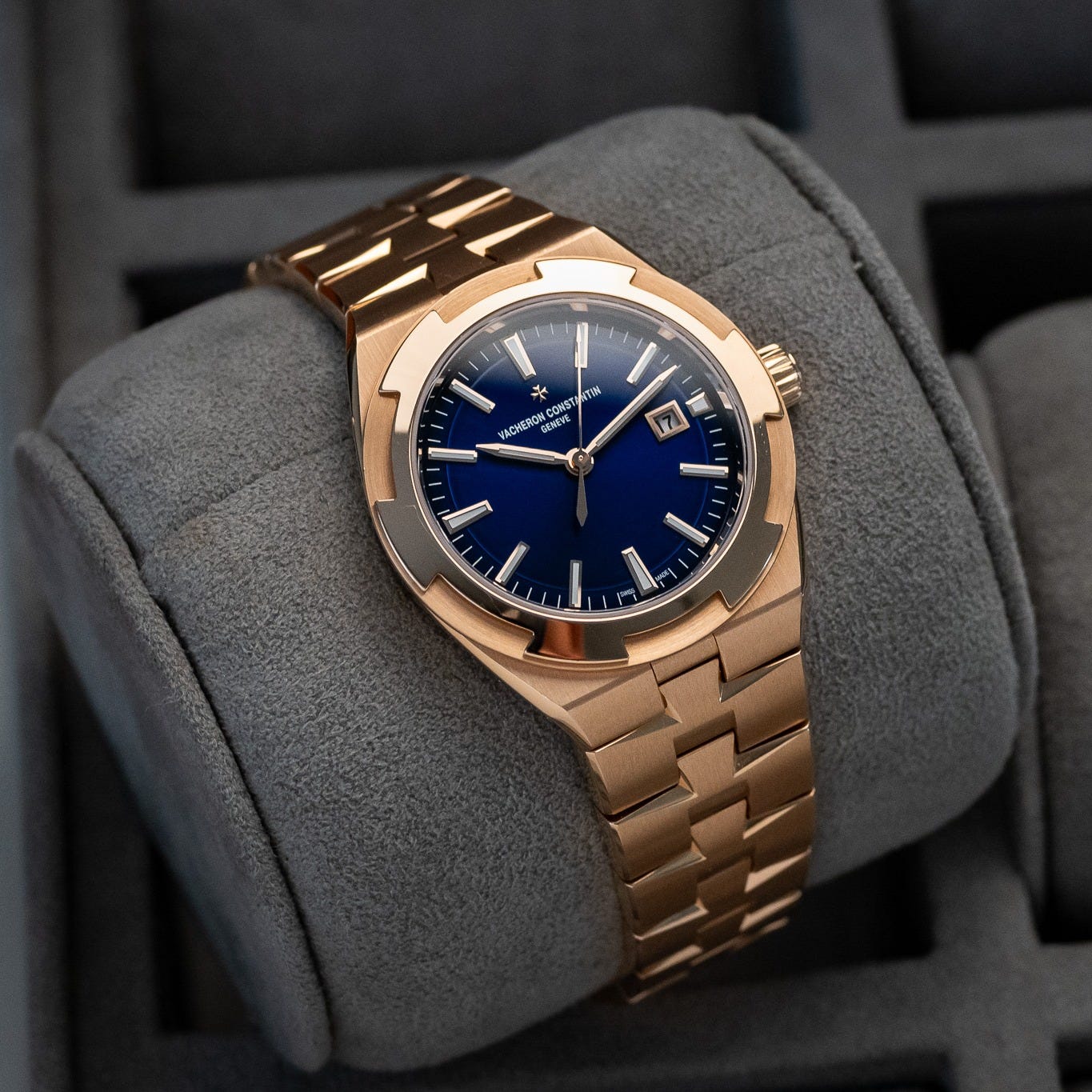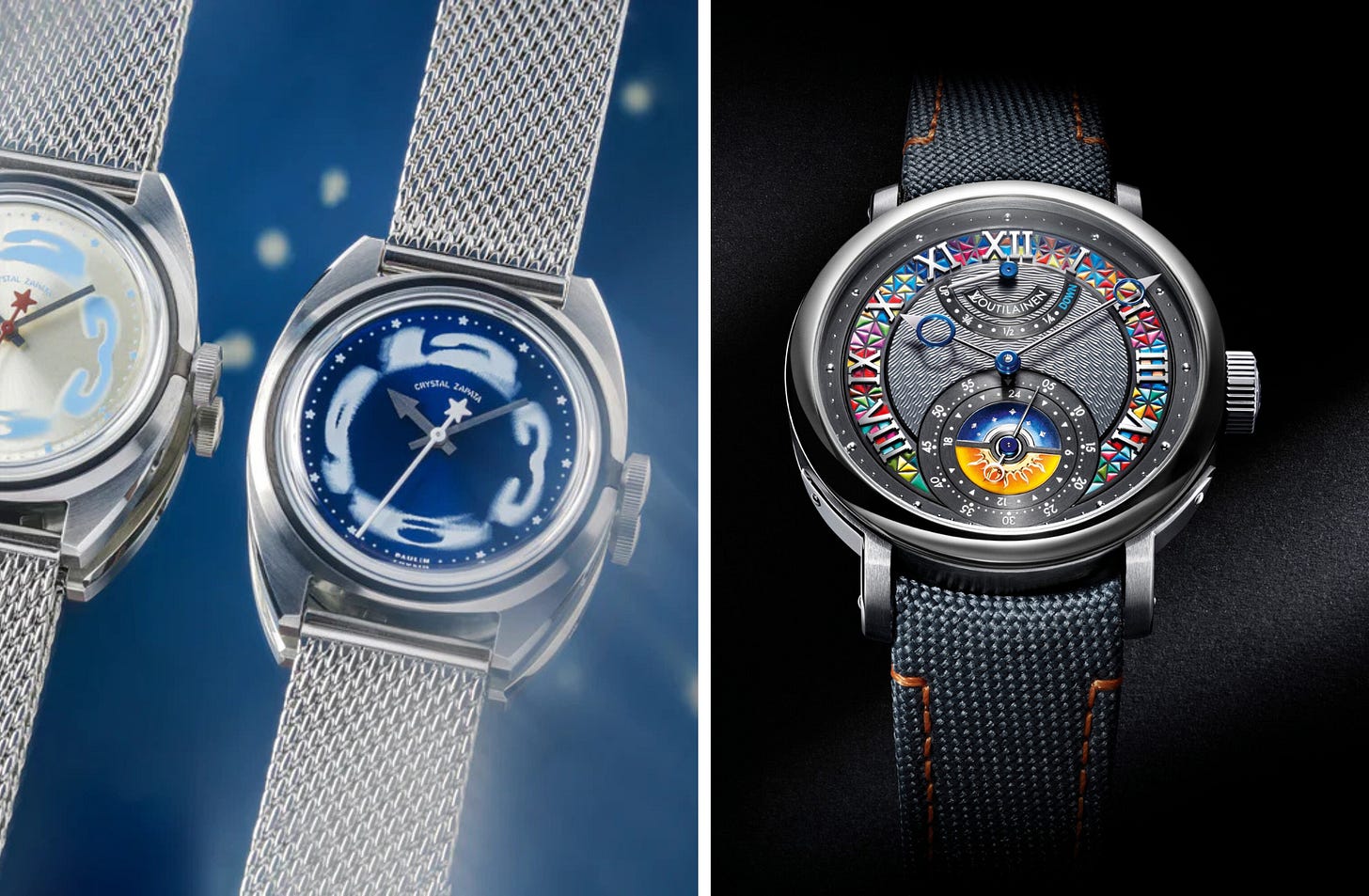Interview: Parmigiani Fleurier CEO Guido Terreni
'We’re living in a crisis in creativity in our generation.'
Good morning. On Friday, I solicited feedback via Substack chat on a preferred chat platform for subscribers. I’m still deciding on platform, but it’ll be open to paid subscribers, who will receive a separate email invite with a link to join in the next few days (if you want). It should also be a fun way to share instant reactions from Watches & Wonders come April 1. In today’s newsletter:
More CEO changes, and where is the fresh perspective?
Then, an interview with Parmigiani Fleurier CEO Guido Terreni
Two Things to Know
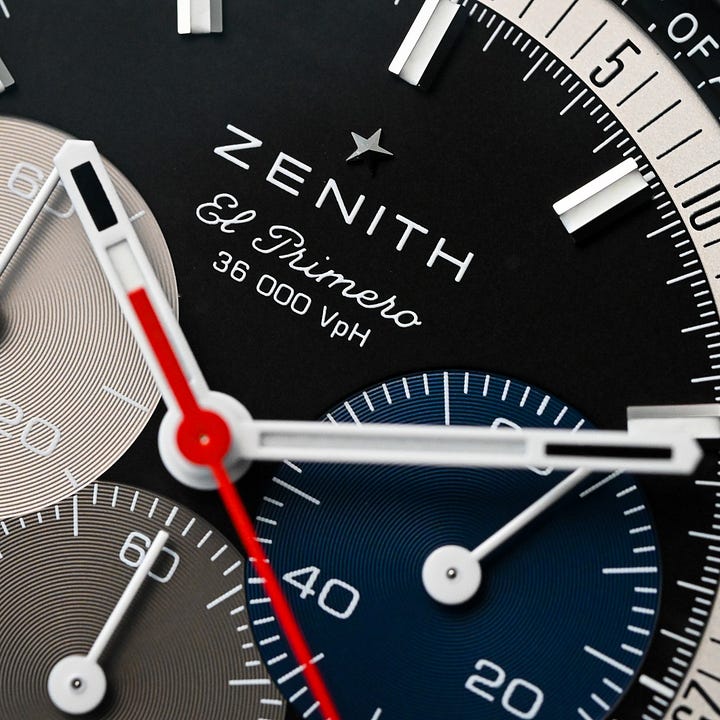
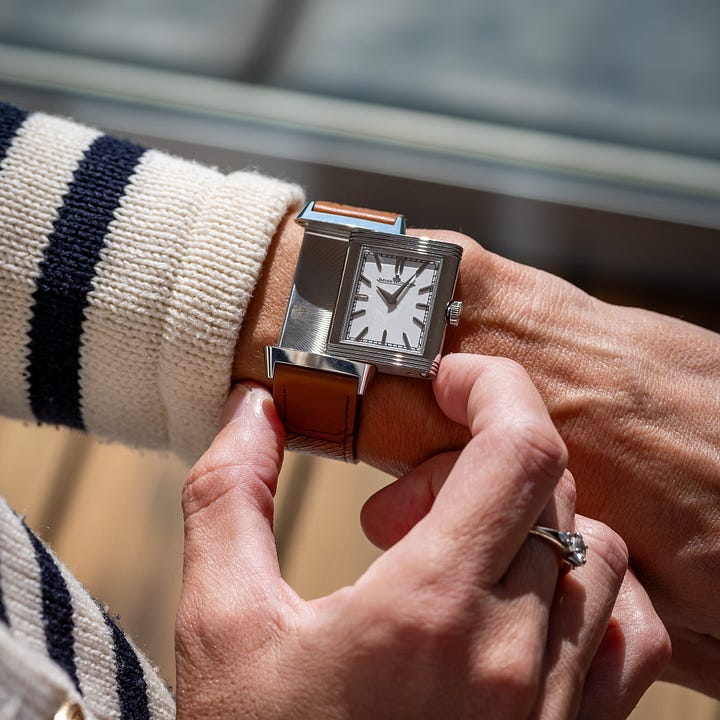
What Happens to a Brand When the Boss Leaves?
Here’s an incomplete list of watch brands that have announced CEO changes in the past 18 months or so: Cartier, Audemars Piguet, Vacheron Constantin, Hublot, Jaeger-LeCoultre, TAG Heuer, Van Cleef, Breguet, Montblanc, Zenith, Roger Dubuis, Greubel Forsey.
This week, Panerai joined the list as former CEO Jean-Marc Pontroué abruptly announced his departure, replaced by Emmanuel Perrin, previously head of Richemont’s watches division.
This rapid reshuffling of leadership isn’t limited to the watch industry.
“What happens to a multibillion-dollar luxury brand when the boss leaves?” the Wall Street Journal asked this week, observing a similar clip of changes in luxury fashion.
In times of transition, brands often lean on archival hits—but that doesn’t always work.
Watches are different than fashion–more durable and less on trend. For a brand like Cartier, watches are the “tried-and-true hits.”
Collectors probably don’t care much about these personnel changes, but it’s an indicator of how upheaval in the top ranks could affect the watches released for the next couple of years–leaning on history and the archives.
Where is the fresh perspective?
For the most part, these recent reshuffles haven’t brought in fresh leadership with new perspectives. Most have prioritized continuity as long-time execs are promoted to top jobs at LVMH and Richemont.
Jérôme Lambert was named CEO of Jaeger-LeCoultre, a gig he first held from 2002-2013. Emmanuel Perrin was named CEO of Panerai—he’s been the head of Richemont’s watches division since 2017 (he’s also been interim CEO of Roger Dubuis for the past year).
Many of these bosses are bosses for good reasons. The watch industry has experienced tremendous growth over the past 15 years, and some of these men have built or grown brands from relatively small operations.
Stability has its benefits, especially in a centuries-old space. So perhaps this is the way it is and always has been in the conservative, sometimes stodgy industry. But I’m not so sure.
Günter Blümlein co-founded A. Lange in Söhne in 1990 when he was 37. A generation ago, Georges Kern was named CEO of IWC at just 36 years old. Current Rolex CEO Jean-Frédéric Dufour took the helm in 2014 in his mid-40s.
In 2018, the N.Y. Times even observed that a younger generation of leaders was taking over Swiss watchmaking. Seven years later, it’s many of the same names trading places. If the watches being made feel familiar, perhaps it’s because those at the top are too.
This time around, Audemars Piguet hiring outsider Ilaria Resta is an exception.
It must also be said that age is just a number. I felt more energy in the room watching this panel with a 70-something Jean-Claude Biver than a puppy on two espressos.
“How can anybody retire from a passion, from, love?” Biver said.
Experience matters, but so does renewal. The industry must find a way to balance the two—watches also need outsiders, youth.
There’s talk the industry is going through a “slowdown.” How will an industry known for tradition also make space for this reinvention?
If it can’t, it might risk something worse: stagnation.
Releases of the Week from $500 to $500k
Louis Vuitton x Voutilainen announced the LKV02 GMR 6, its second of five collabs after 2023’s mashup with Rexhep Rexhepi. Even at a glance, you can see how its hand-painted colors fit in with the palette of Louis Vuitton’s Spring 2025 fashion collection (scroll through LV’s Instagram for what I mean). At €550k and limited to just five pieces, it’s the ultimate prize for VVVIPs. The “Louis cruises with” is a little corny, but it’s cool the world’s largest luxury brand is embracing independent watchmaking and releasing its signature collab right on the heels of fashion week.
On the other end of the spectrum, I like the Paulin Modul collab with Chicago artist Crystal Zapata. The blurred numerals and starry indices have an ethereal, out-of-this-world effect ($500).
In Conversation with Parmigiani Fleurier CEO Guido Terreni
In 2021, Parmigiani Fleurier named Guido Terreni its CEO. The long-time Bulgari executive was tasked with relaunching the independent brand founded in 1996 by watchmaker Michele Parmigiani. In the four years since, Parmigiani has become known for its subtle approach to fine watchmaking.
A Parmigiani isn’t your first or even second watch, but it could be your last.
A few weeks ago, I sat down with Terreni at its Chicago-area retailer C.D. Peacock. Terreni was on a short tour of Parmigiani retailers in Chicago, Toronto, and Boston. Not the largest markets in North America, but even these choices feel deliberate for the understated brand.
We talk about what Parmigiani has in store for 2025, the “crisis in creativity,” and why indies seem ready to meet the current moment. Conversation edited for length and clarity.
Unpolished: The narrative is that the market has slowed. How has Parmigiani dealt with this, and where’s the brand at in 2025?
Keep reading with a 7-day free trial
Subscribe to Unpolished Watches to keep reading this post and get 7 days of free access to the full post archives.


